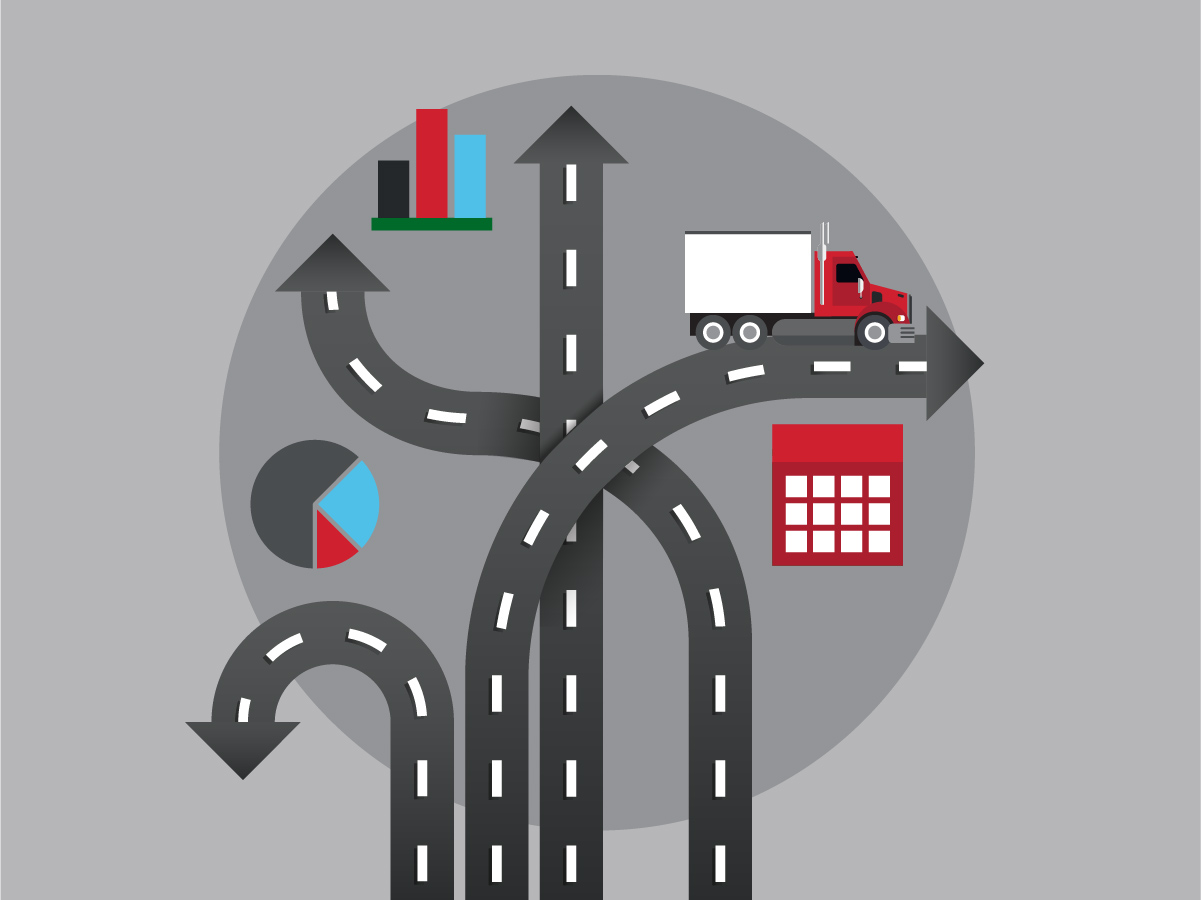
The U.S. economy is still feeling the heat as industrial production dips year-over-year. This downturn is mainly due to high interest rates, rising inflation, and businesses playing it safe with their investments. With so much uncertainty around federal monetary policies and the upcoming election, companies are hesitating to spend on restocking or launching new projects.
Even though the Federal Reserve has hinted at a more stable approach lately, worries about consumer spending and slow growth are really weighing down industrial production, which usually drives up freight demand.
This trickles down to the transportation market, which continues to be oversupplied. Freight volumes just aren’t hitting the pre-pandemic levels, and while we’ve seen some activity during peak seasons, it’s still pretty lackluster compared to what we’re used to. There are some positive signs with better production capacity and improved supplier lead times, but they just aren’t enough to lift overall demand. Transportation metrics show things are pretty stagnant right now, making it tough to find opportunities for rate recovery.
On the flip side, transportation providers are juggling lower demand with high operating costs – think rising fuel, maintenance, and insurance prices. Unless we see some significant improvements in the broader economy, it looks like the transportation market will stay soft for a while. Industry stakeholders will need to stay flexible and prepare for what could be some long-term changes in the way freight moves.
Here is a quick recap from 2024 in the transportation sector that shaped Q4 and the rest of the year.